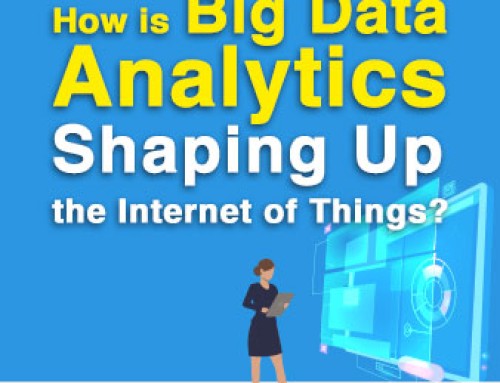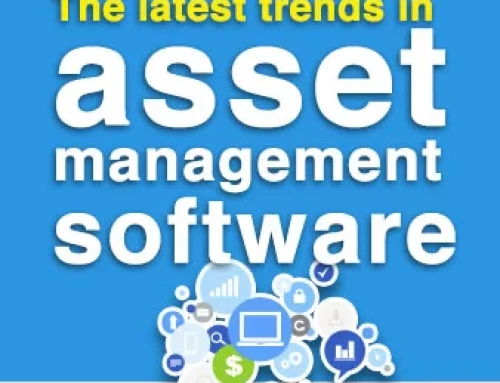How IoT is driving the ‘Culture of Connected Buildings’?
IoT and Smart Buildings Are Far From What You Have In Mind!
Buildings are an important part of our everyday lives. An average person’s daily life revolves around living in apartment, residential towers, and homes; working in commercial units, industries, offices, and factories and travelling across malls, hotels and other luxurious facilities. Thus, the buildings are around us in every facet. We spend most of our time in one or the other buildings. That’s why; seeking comfort is the topmost concern. But, do we get that desired comfort and security? Are we able to live in a safe and healthy environment?
Unfortunately, the answer to the above is NO! Majority of the occupants face many issues about their health, environment, energy consumption, HVAC (heating, ventilation and air conditioning), comfort, security, and maintenance. Facility managers try their best to overcome the challenges of managing the things. But, it’s a tough nut to crack. Meeting customer expectations is a Herculean task with the traditional building management systems.
Building automation systems ease the work of facility managers. But, there are many limitations to it. For instance, it comprises of sensors and microcomputers installed in the equipment. The devices track the conditions and collect the data. Then, corrective actions are taken after manual observations. The systems need a huge investment, timely involvement, deeper understanding, and management to fetch the results. Also, there is a lack of inter-connectivity.
Impact of IoT
IoT helps to overcome the above-mentioned challenges. Internet of Things (IoT) is building new standards for the real-estate industry. The focus is on developing ‘Smart Buildings’ – buildings governed by the most advanced technology. IoT is about interconnected elements that communicate with each other using the Internet. There is minimal to no manual intervention. The use of IoT technology facilitates the flow of information from devices to the cloud to trigger actions before a problem occurs.
IoT makes use of smart sensors installed in any device, entity or even living resources. The backbone of the IoT-enabled building management system is the network or Internet. These devices monitor the parameters like temperature, pressure, damage, breakdown points, usage patterns, external environment and other conditions. The sensors collect the data and communicate the same to the cloud in a seamless way. The solution then analyzes this data and turns into actionable insights. It enables the facility managers deliver high-quality care and comfort to the occupants.
Benefits of ‘Connected’ Devices
The connected devices will make building management system run on a data-driven process. IoT based devices have the potential to collect all the information. Facility managers can make use of a bespoke platform to analyze this data. For example, most often, after a machine breaks down, then it comes to the knowledge of the operator. Then he sends his team to fix the issue. This causes downtime, reduced efficiency and occupant’s suffering. Sometimes, certain mechanical and electrical equipment breakdown can be quite harmful to the environment and the occupants.
IoT’s connected devices will give rise to predictive maintenance. This means fixing things before any damage occurs. The connected devices will pass all the information. The solution will do intelligent analysis to make a decision beforehand and suggest an action for the same. In another case, it will be a customer-centric process. The customers can control the conditions of their surroundings with simple applications. Thus, it will help in reducing the complaints. The building management system will be simpler and leaner. The overall revenue will be higher with timely and accurate decisions.
The technology will guarantee security with constant monitoring and advance predictions. It will also support the ‘green’ initiatives for sustainability. The energy consumption of buildings is quite higher. Alternatively, the emission rate is higher too. With no proper system in hand, it is hard to control and govern the usage. But, with IoT, the devices can send the information about the usage patterns and environmental changes. Google, for example, has cut its energy usage in their data centres by 15%. They could achieve this by employing artificial intelligence.
Importance of the Right Platform
To leverage the maximum benefits of IoT, one needs to rely on smart sensors and employ the right platform. This combination of the Internet + hardware + cloud will help a facility management team gain a competitive age over others. The automated building management system will promote collaborative working. It will centralize data collection and management. Data is captured and organized with a standard approach. This makes it possible for the solution to do factual-analysis.
Besides that, integrating the solution with other systems like ERP, accounting, and any third-party applications is quicker with the cloud. The solution also reduces manual dependency to execute the operations. It automates the workflows to control the flow of the information from one application to other. Along with that, the concerned supervisors can access the critical data from anywhere with role-based access control mechanism. The scattered data chunks are well-placed in a single repository for maximum utilisation.
Facilitating Growth for Facilities Management!
The verdict is crystal clear – IoT for smart buildings will add value to the efficiency and profitability. Buildings will be smarter than ever. The connected culture will take the building management systems to a new level. And, it’s going to be beneficial if you jump the gun and take a decision at the right time. Our facility management experts can help you plan your next move with IoT, analytics and cloud platform. Connect with us for more information about the connected devices.





